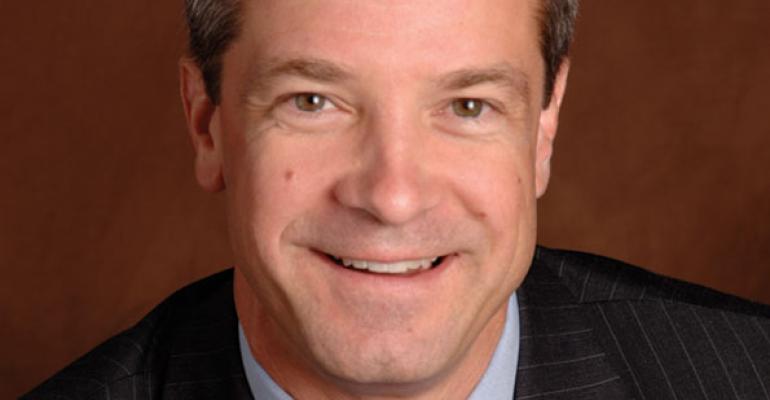Headquarters: St. Petersburg, Fla.
Established: 1974
Number of producing advisors: 3,200
Total firm AUM: $150.1 billion (as of 2011, source: Cerulli Associates)
1. What would you say is contributing to the margin compression among independent broker/dealers?
It’s almost a perfect storm of increased cost and investment required to keep up with the regulatory changes. It’s also the more challenging recruiting environment, and that’s partly, maybe largely, driven by demographics. The advisor base is getting older. There aren’t as many as there used to be. The numbers have declined, and obviously that has driven up transition assistance, or recruiting deals. Those are a lot higher than they’ve been historically. The decrease in interest rates, that are at all-time lows, has also contributed to margin pressure.
If we had a 1 percent increase in short-term rates, it would materially impact to the positive the earnings at Raymond James, and I’m sure the same is true at these other organizations.
2. What specific areas or markets are you seeing significant growth in these days?
We’re having more conversations with higher-end advisors—advisors whose practices are north of $800,000 in trailing 12 GDC—as a total percent of the advisors we’re speaking with. We’re seeing a greater percentage now of very successful advisors than we had in the past. Of the last five advisor teams who joined Raymond James Financial Services as independent contractors, two were north of $2 million, one was at $1.5 million, and one was over $900,000. That’s in the last month. It may just be timing, but that’s unusual.
3. What do you think is the next shoe to drop on the independent space?
I don’t know when it’s going to happen, but one of these days interest rates are going to go up. If there are too many clients with too much of their assets in longer-duration fixed income funds, we know that’s where a tremendous amount of money is still flowing. Those clients are unfortunately in for a very rude awakening and some very difficult discussions. We’ve been very careful and diligent about communicating about shortening duration, making sure you understand the credit quality, what’s in a fixed income portfolio, and don’t reach for yield by stretching out on the duration curve. When interest rates finally go up, that’s a recipe for trouble.
When clients are saying, “My measure of success is I don’t want to lose any money,” and when you look at the performance of bond funds over the last 10 years, in most cases, on average over that period of time, it’s been hard to lose money in bond funds. But that’s because interest rates have declined. Sooner or later, they’re going to turn around and go the other way.






